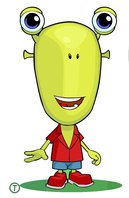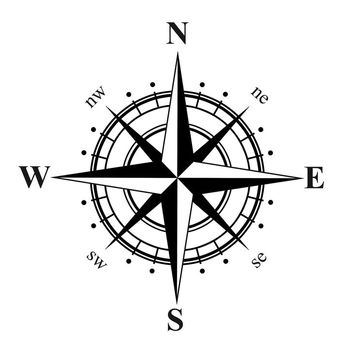map skills and compass directions
Learning objective: Investigate how we can represent information as symbols on maps. Learn how to use the 8 points of a compass to describe direction.
Success Critieria: KNOW why we use symbols on maps, UNDERSTAND how to describe directions using the 8 points of a compass and BE ABLE TO recognise some map symbols; follow and give directions using the 8 points of the compass
Success Critieria: KNOW why we use symbols on maps, UNDERSTAND how to describe directions using the 8 points of a compass and BE ABLE TO recognise some map symbols; follow and give directions using the 8 points of the compass
MAP SKILlS
|
Click on Gogg to complete a interactive task about map skills
|
|


